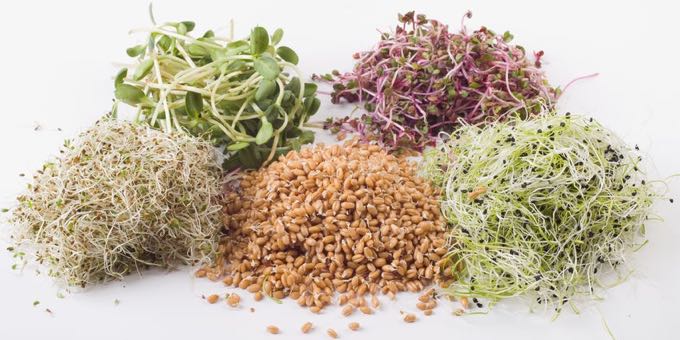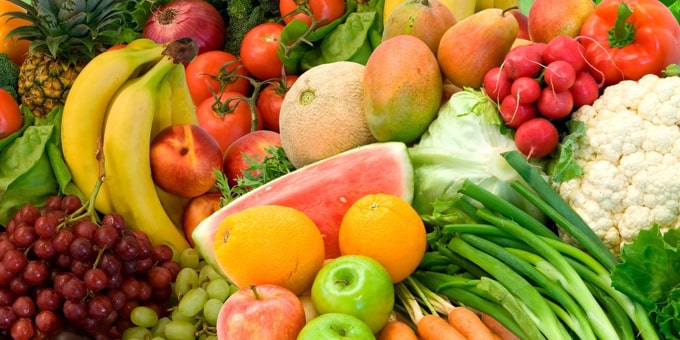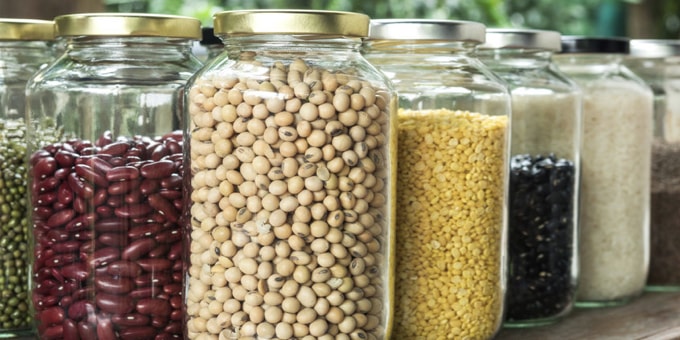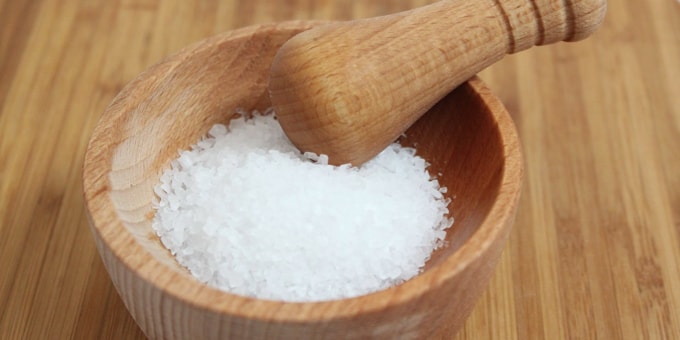THE WONDERS OF VITAMIN C
The importance of vitamin C becomes a popular topic of conversation during flu season. What makes this vitamin so important during this time? Well, not only does this vitamin help protect your immune system, but is also needed for normal growth and development. It’s no wonder that this vitamin is available in supplements, lozenges, fortified liquids, and many, many more.
As previously stated, it is needed for growth and repair of tissues in all parts the body. There are many functions of this powerful vitamin…
- Forms an important protein used to make skin, tendons, ligaments, and blood vessels
- Heals wounds and form scar tissue
- Repairs and maintains cartilage, bones, and teeth
- Aids in the absorption of iron
Vitamin C is also considered an antioxidant because it can aid in blocking some of the damage caused by free radicals. Freed radicals are made when your body breaks down food or you are exposed to carcinogenic environmental sources such as tobacco smoke or radiation. The buildup of these free radicals over time is responsible for the aging process and play a role in cancer, heart disease, and conditions like arthritis.
Vitamin C is a water-soluble vitamin. This simply means that leftover amounts of the vitamin leave the body through urine. You will need an ongoing supply of water-soluble vitamins in your diet since the body is not able to make vitamin C on its own. Vitamin C is available in many food sources.
FRUITS & VEGGIES WITH THE HIGHEST SOURCES OF VITAMIN C
FRUITS
- Cantaloupe
- Citrus fruits and juices, such as orange and grapefruit
- Kiwi fruit
- Mango
- Papaya
- Pineapple
- Strawberries, raspberries, blueberries, and cranberries
- Watermelon
VEGETABLES
- Broccoli, Brussels sprouts, and cauliflower
- Green and red peppers
- Spinach, cabbage, turnip greens, and other leafy greens
- Sweet and white potatoes
- Tomatoes and tomato juice
- Winter squash
Some foods such as cereals and drinks have been fortified with vitamin C. Fortified means a vitamin or mineral has been added to the food. To know if a food or drink have been fortified, check the food label.
HOW MUCH?
How much vitamin C should a person include in their diet each day? The Recommended Dietary Allowance (RDA) for vitamins reflects how much of each vitamin most people should get each day. The best way to get the daily requirement of essential vitamins and minerals is to eat a diet that contains a variety of foods. The RDA for vitamin C depends on your gender and your age, as well as other factors such as pregnancy and illness.
DIETARY REFERENCE INTAKES FOR VITAMIN C
INFANTS
- 0 to 6 months: 40* milligrams/day (mg/day)
- 7 to 12 months: 50* mg/day
- *Adequate Intake (AI)
CHILDREN
- 1 to 3 years: 15 mg/day
- 4 to 8 years: 25 mg/day
- 9 to 13 years: 45 mg/day
ADOLESCENTS
- Girls 14 to 18 years: 65 mg/day
- Pregnant teens: 80 mg/day
- Breastfeeding teens: 115 mg/day
- Boys 14 to 18 years: 75 mg/day
ADULTS
- Men age 19 and older: 90 mg/day
- Women age 19 year and older: 75 mg/day
- Pregnant women: 85 mg/day
- Breastfeeding women: 120 mg/day
Dishin’ Out Healthy – Health Educator: Nichelle
“The food your eat can either be the safest and most powerful form of medicine or the slowest form of poison.”
– Ann Wigmore











